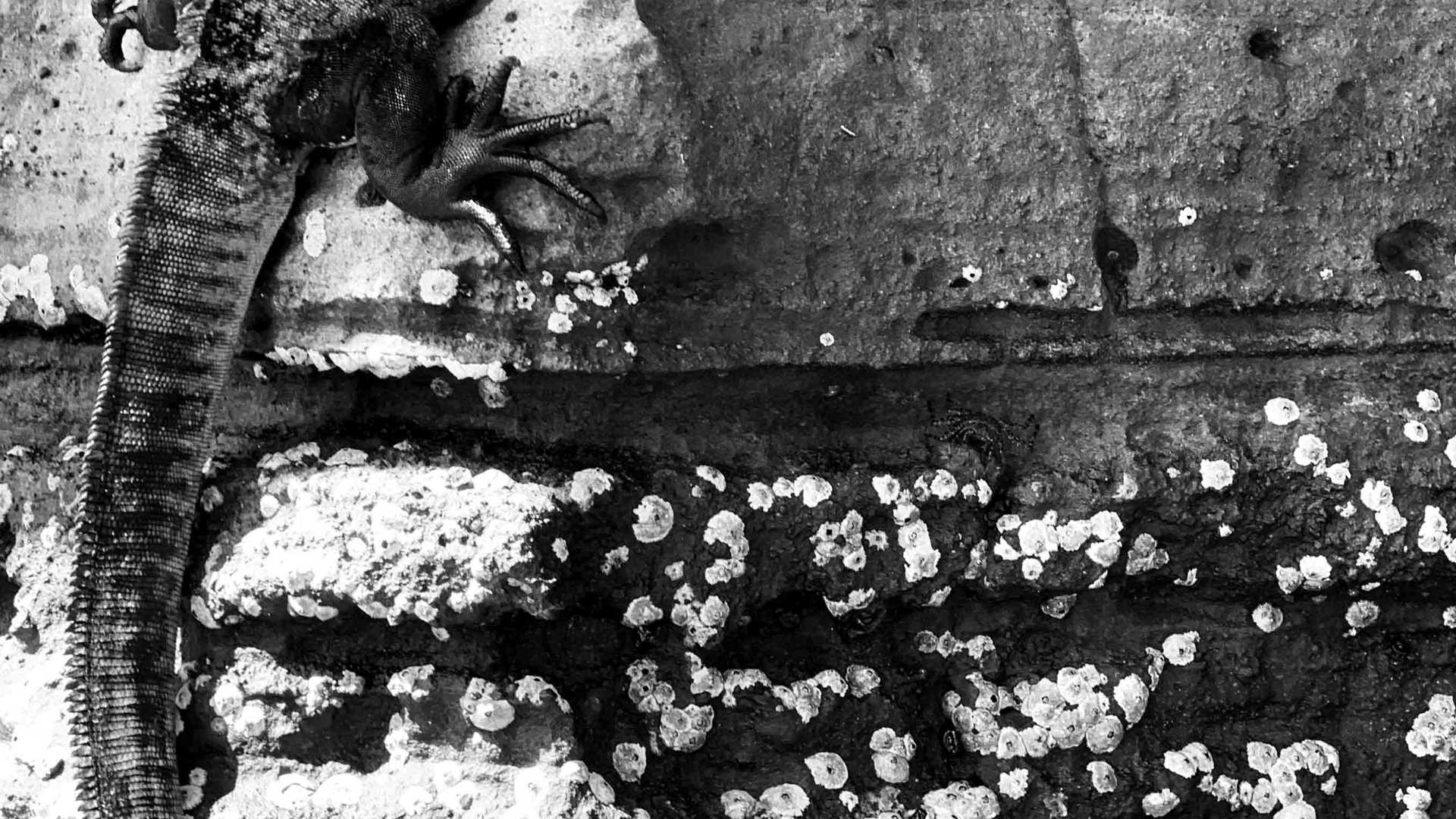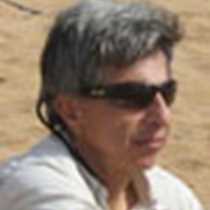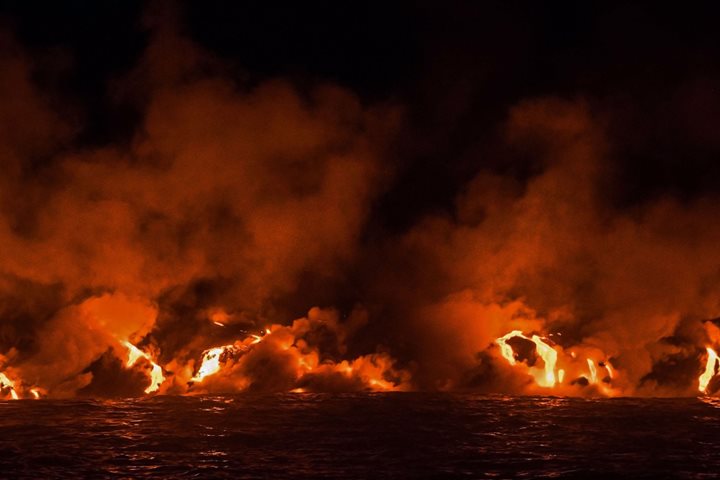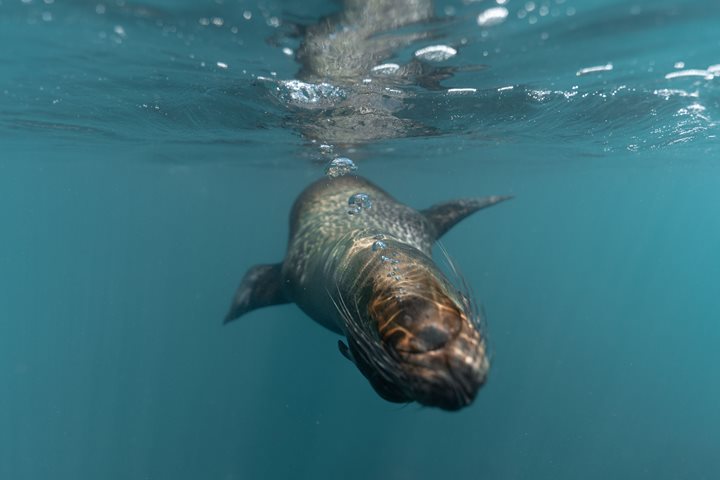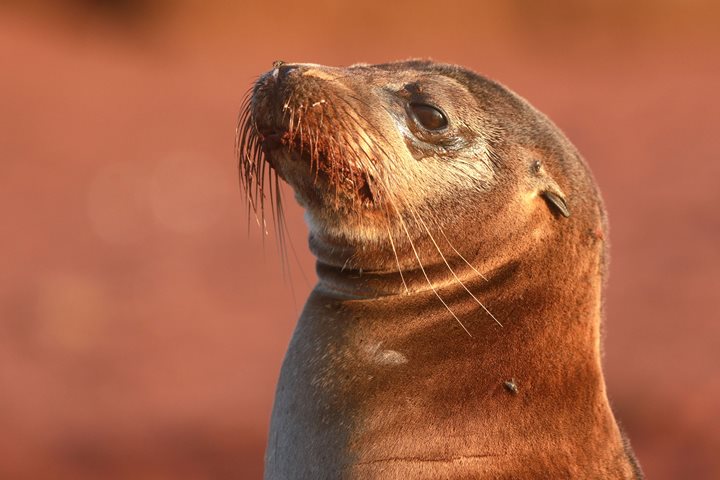Today our guests explored the westernmost realm of the Galapagos. Right after breakfast, the captain and crew navigated National Geographic Islander across the equatorial line. Guests boarded pangas to travel to Punta Vicente Roca on Isabela Island. Everyone enjoyed impressive views of a collapsed volcano. Rocky cliffs provide shelter for Galapagos fur seals and serve as good perches for seabirds like Nazca boobies, brown noddy terns, flightless cormorants and Galapagos penguins. During the afternoon, we explored Punta Espinosa where countless male Galapagos marine iguanas established rock territories near the shore. Each awaited the arrival of a female in hopes of the chance to reproduce.
- Daily Expedition Reports
- 21 Dec 2021
Isabela & Fernandina Islands, 12/21/2021, National Geographic Islander
- Aboard the National Geographic Islander
- Galápagos
Salvador Cazar, Naturalist
Salvador Cazar studied biology at the Universidad Nacional Del Sur, Bahía Blanca, in Argentina and at the Catholic University of Ecuador. Between 1988 and 1994, Salvador worked as a naturalist and tour leader for several national and international to...
Read MoreShare Report
Related Reports
11/23/2022
Read
National Geographic Islander II
Isabela and Fernandina
Our day began with the chance to point out a lot of interesting geological features as we enjoyed Zodiac tours along a massive flank of Ecuador Volcano on Punta Vicente Roca. In the afternoon, we took a sunny walk on Punta Espinoza on Fernandina Island. We spotted many iguanas, and a bunch of sea lions hanging around, too.
11/22/2022
Read
National Geographic Islander II
North Seymour & Rabida Islands
Relatively small and low compared to neighboring Santa Cruz, North Seymour is located to the north of Baltra. The island is dry with predominantly low shrubs, like prickly pear cacti. The incense trees are bare during the dry season. Seabirds like frigatebirds and blue-footed boobies nest on the island, and sea lions rest on the sand when they are not fishing. Land and marine iguanas also live here. Rabida is in the middle of the archipelago and has a striking red sand beach. We observed a small colony of sea lions of all ages resting or nursing. Behind the beach, American flamingos nest in a brackish lagoon. This island is full of contrasts and wildlife that we enjoyed observing during this day of expedition.

